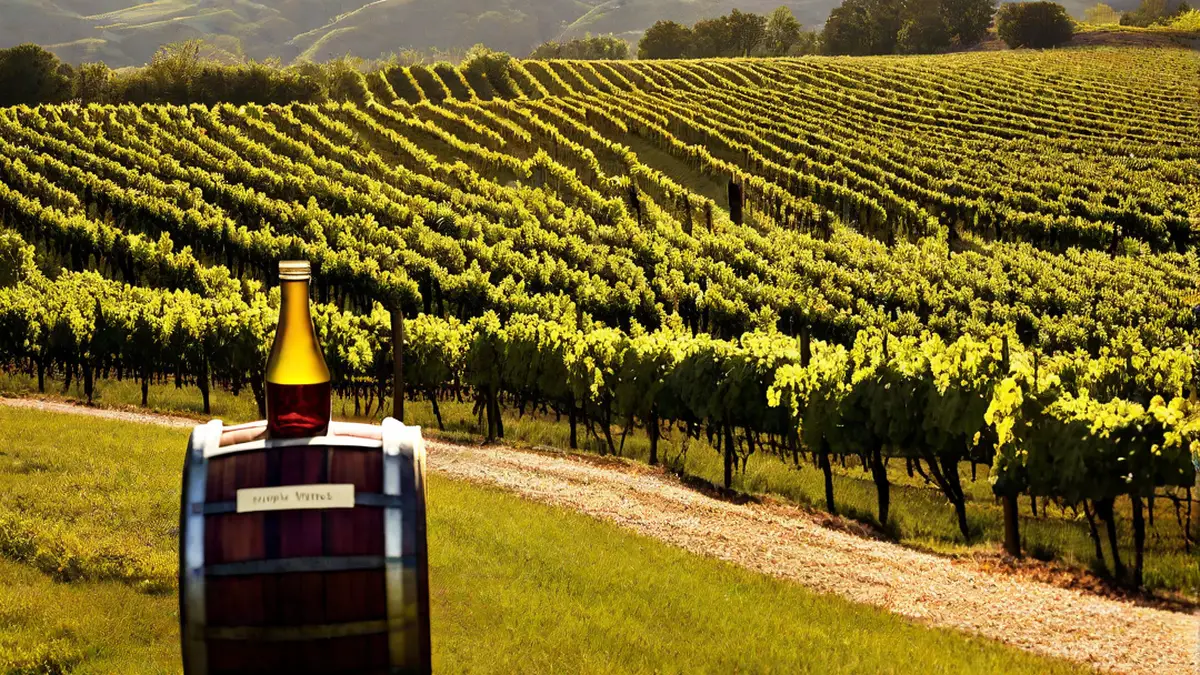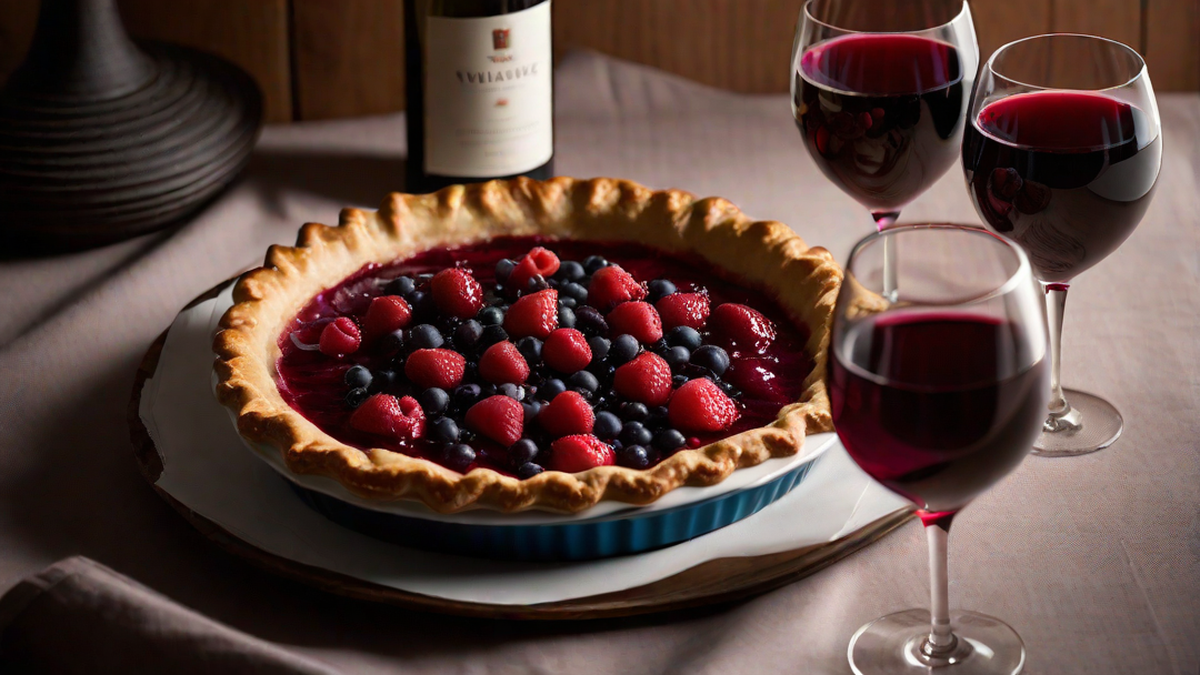Fruit wines provide a pleasant and rejuvenating option to the usual grape wines. They offer a diverse selection of tastes and scents that can be savored throughout the year. Being a wine lover, I have long been fascinated by the concept of creating my own fruit wine. Therefore, I set out to test various fruit wine recipes and document my personal experience for you.
Choosing the Right Fruit
The first step in making fruit wine is selecting the right fruit. While grape wine is the most common type of wine, there are numerous fruits that can be used to create delicious wines. Some popular choices include berries, apples, pears, peaches, and even tropical fruits like pineapple or mango. It’s important to choose ripe, high-quality fruits for the best results.
Gathering the Ingredients
Once you have chosen your fruit, it’s time to gather the remaining ingredients. In addition to the fruit, you will need sugar, water, yeast, and acid blend. Sugar is essential for fermentation, water is needed to dilute the fruit juice, yeast helps convert sugar into alcohol, and acid blend adds balance to the wine’s flavor.
The Fermentation Process
Now that we have all the ingredients ready, it’s time to start the fermentation process. Begin by crushing the fruit to extract the juice. You can use a fruit press, a blender, or even your hands. Transfer the juice to a fermentation vessel and add the sugar, water, yeast, and acid blend. Mix everything thoroughly and cover the vessel with a clean cloth or lid, making sure to leave some space for gases to escape.
Let the mixture ferment for about a week, stirring it gently once a day. You will notice that the liquid starts to bubble and release gases, which is a sign that the fermentation process is taking place. During this time, the yeast is converting the sugar into alcohol.
The Aging Process
After the initial fermentation, it’s time to transfer the wine to a secondary fermentation vessel. This vessel should be airtight to prevent oxidation. Allow the wine to age for several weeks or even months, depending on the fruit you have chosen. Aging helps the wine develop its flavors and smooth out any harsh edges.
Bottling and Enjoying
Once the wine has reached its desired level of maturity, it’s time to bottle it. Make sure to use sterilized bottles to preserve the wine’s quality. You can also add a little extra sugar to create carbonation, known as carbonation priming. Finally, seal the bottles and store them in a cool, dark place for a few more weeks to allow the carbonation to develop.
Now comes the most exciting part – enjoying your homemade fruit wine! Pour a glass and savor the unique flavors and aromas. Fruit wines tend to be sweeter and fruitier than grape wines, making them perfect for pairing with desserts or enjoying on their own.
Conclusion
Making fruit wine at home is a rewarding and fascinating journey. It allows you to explore new flavors and experiment with different fruits. The process requires patience and attention to detail, but the end result is well worth it. So, why not give it a try and embark on your own fruit wine-making adventure?




